What is a Modular House?
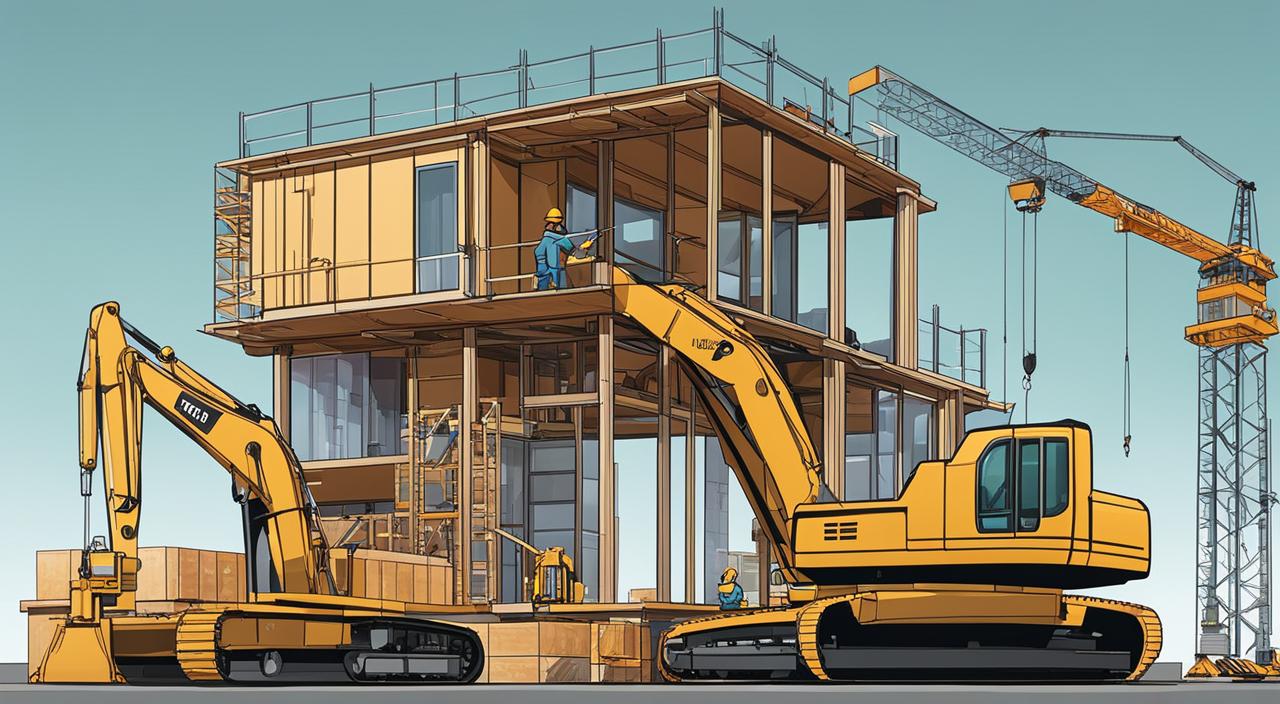
The concept of a modular house, often synonymous with the term prefabricated home, embodies a revolutionary approach to construction within the UK housing sector. A prefab home is a dwelling created from pre-fabricated modules, crafted in factory settings and then brought to their permanent site for assembly. This turns the traditional construction paradigm on its head, substituting on-site laying of bricks and mortar with precision-engineered units designed for rapid integration.
With attention to sustainability, cost-effectiveness, and adherence to strict building standards, these modular homes are increasingly being recognised as a formidable alternative to traditional property construction. Especially in the advent of extreme weather conditions, findings from agencies such as FEMA highlight the superior resilience of prefab homes, suggesting that they stand firm where others might falter.
Unpacking the modular home definition, it becomes clear that these constructions are not just homes but are a testament to the ingenious use of technology and innovative manufacturing processes that meet and often exceed the expectations of modern living.
Key Takeaways
- Modular houses offer a contemporary solution to UK’s housing market, combining convenience with quality.
- Prefab homes are built to comply with local building regulations, ensuring safety and performance.
- Unlike traditional construction, prefabricated units can be assembled rapidly due to their off-site production.
- Modular constructions are more resistant to extreme weather, providing a durable housing option.
- Adopting prefab homes could lead to enhanced sustainable living due to their environmentally friendly manufacturing process.
Understanding Modular Homes: A Modern Construction Concept
The emergence of modular construction has redefined the landscape of homebuilding across the UK, offering a modern take on creating homes. With focus on efficiency, sustainability, and design versatility, the modular housing concept stands as a beacon of innovation in the construction sector.
The Basics of Modular House Construction
Central to the modular home concept is its unique construction process, which involves fabricating individual sections or ‘modules’ in a controlled factory environment. This off-site construction method boasts numerous benefits, from reduced material wastage to minimal on-site disruption. The modules, once completed, represent the building blocks of what will later form a complete home.
- Design and planning tailored to individual preferences and site requirements
- Construction of modules with precision machinery and skilled labour
- Stringent quality control measures ensuring high standards
How Modules Are Transported and Assembled
Upon completion, these prefabricated modules make their journey from factory to foundation. The transportation and assembly process is a marvel of logistics, illustrating the convenience of the modular housing concept.
- Modules are carefully loaded onto transport vehicles designed to carry the prefabricated sections.
- Upon arrival at the site, a crane positions each module onto the prepared foundation, often completing this phase in a matter of days.
- Expert teams then seamlessly connect and secure the modules, transforming separate units into a harmonious structure.
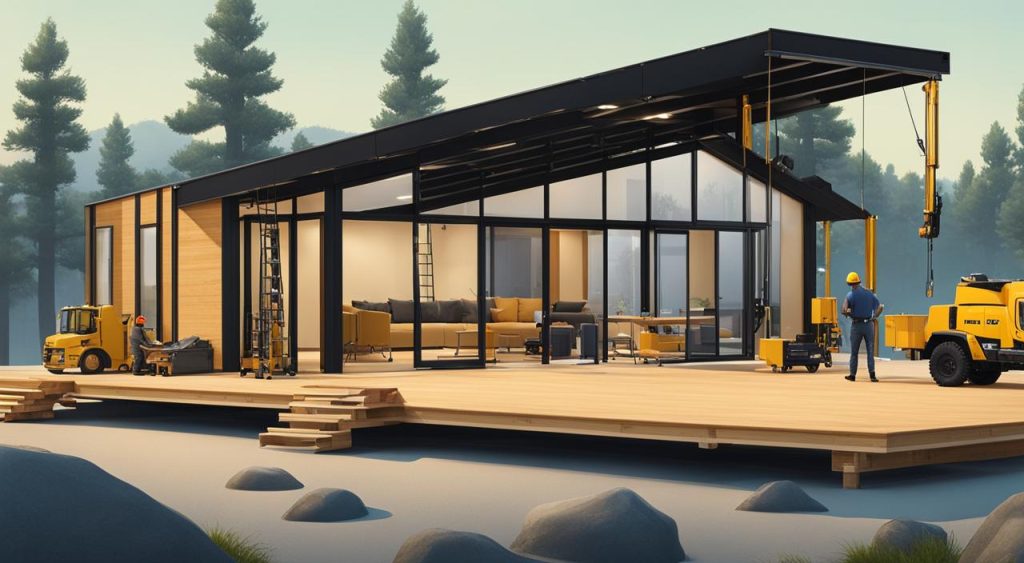
Modular vs. Traditional Homebuilding Techniques
In contrast to the protracted and often unpredictable nature of traditional construction, modular home concepts stand apart with predictability and swiftness. Off-site construction shields the process from the vagaries of weather and external delays, leading to a swift and streamlined building timeline. It’s not just about speed; the precision of factory settings enhances quality, carving a niche for modular construction as the go-to approach for aspiring homeowners seeking a blend of reliability and modernity.
- Time-saving benefit with simultaneous site and factory work
- Less susceptibility to weather delays and seasonal limitations
- Enhanced resource management leading to cost efficiencies
The modular construction landscape continues to evolve, chiselling out a future where modular houses are synonymous with innovation, efficiency, and design diversity, epitomising the very essence of modern living.
An In-Depth Look at Prefabricated Home Assembly
The revolution in housing is embodied by the rise of prefab homes, which marry design flair with structural integrity. Prefabricated house construction capitalises on advancements in technology, delivering homes with remarkable efficiency and reliability. At the heart of this process is a manufacturing system not constrained by climate or local weather conditions, allowing for a streamlined approach from inception to assembly.
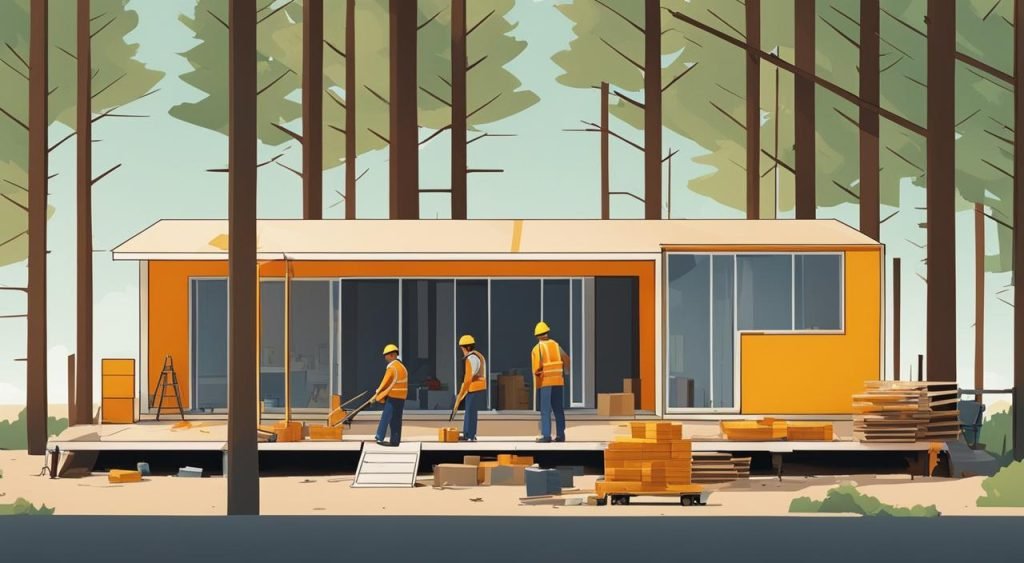
Imagine the choreography within these production facilities where each section of a home, akin to a colossal jigsaw puzzle, is precisely crafted. These components start their life in a controlled setting, ensuring both the staff’s well-being and the product’s consistency. Here, elements of a modular house assembly come together, embodying efficiency that is seldom matched in traditional construction. At astonishing completion rates of 60% to 90%, inclusive of internal fittings and finishes, these homes are mere steps away from welcoming owners.
Let us delve into the layers that comprise prefabricated houses:
- The structural frame, often steel, lends steadfast support.
- Insulation materials, installed within the factory confines, promise future energy savings.
- Pre-installed windows and doors, wrapped in protective materials, await their final destination.
- Internal fixtures, ranging from kitchen units to bathroom suites, are fitted with meticulous attention to detail.
- Sleek electrical and plumbing networks snake through the structure, unseen yet vital.
The prefabricated house construction sphere is distinctive with its reduction in material wastage and minimal environmental intrusion. These bespoke abodes, tour de force of our modern world, are a testament to the ingenuity present in the housing sector. With prefab homes, we witness the intersection of methodology and sustainability, culminated in living spaces that offer warmth, comfort, and a lighter ecological footprint. It’s in this spirit that the adoption of prefab homes across the UK continues to flourish, promising a responsive and responsible approach to our future housing needs.
Quality and Durability of Modular Construction
The reputation of modular homes rests on a solid foundation of exceptional construction quality and enduring resilience. These prefabricated structures are not simply an answer to swift construction timelines but are renowned for meeting, and often exceeding, the rigorous standards set for traditional brick-and-mortar houses. Emphasising a focus on modular homes quality, the building process adheres to strict controls, diligently moulded by laws that ensure every homeowner relishes the peace of mind deserved.
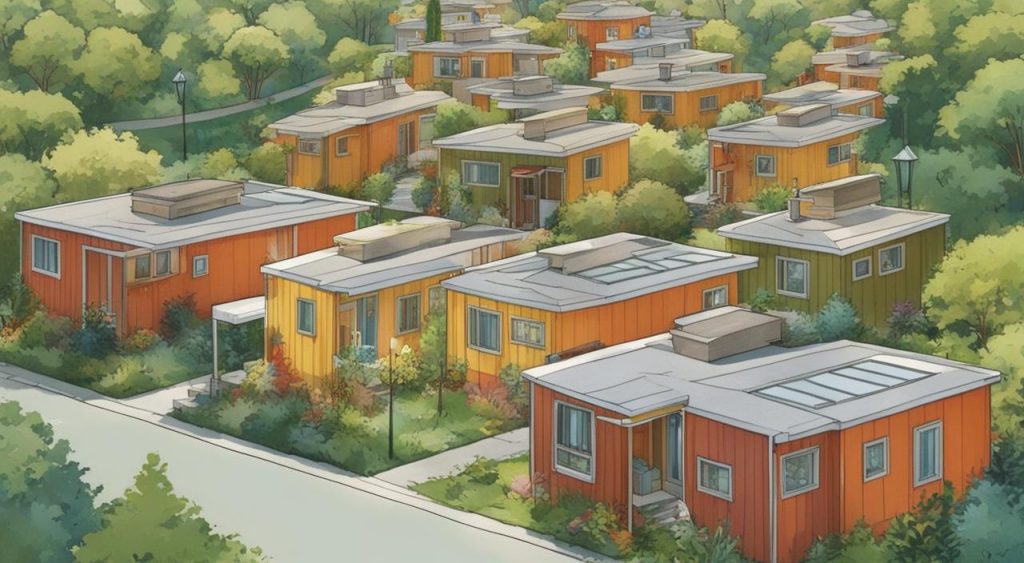
Let’s delve into the facets that make modular homes a steadfast choice for prospective homeowners who put a premium on both safety and quality.
Inspection and Regulation Compliance for Modular Homes
To guarantee the durable prefab houses are not only meticulously crafted but also conform to regional building regulations, numerous checks and balances are instituted throughout their construction. Each segment of a modular home is engineered in a controlled factory setting, where precision and consistency are the hallmarks. Pre-delivery inspections ensure that all elements of the home, from insulation to electrical wiring, are up to code. After their journey to the build site, a final inspection ratifies the level of craftsmanship and adherence to regulatory expectations prior to habitation. Such stringent oversight underpins the homeowner’s confidence in the robustness and integrity of their domicile.
Performance of Modular Housing in Extreme Weather
In the face of increasing climate variability, the extreme weather performance of a home has become a critical consideration. Modular homes have stood tall against such environmental challenges, often credited with superior robustness when compared to traditional site-built alternatives. Documented by organisations such as FEMA, prefabricated houses exhibited exceptional structural strength during natural disasters – a testament to their advanced engineering and quality of materials that protect against winds, floods, and other harsh conditions. The profound durability of modular homes positions them not just as a convenience but as a befitting response to our changing world.
Environmental Impact of Off-Site Construction
The advent of modular construction marks a significant step forward in the pursuit of sustainable housing. By embracing the principles of eco-friendly homes and environmentally friendly construction, this innovative building process is setting new standards for the housing industry. A key advantage of off-site construction is its ability to reduce waste appreciably. Traditional building sites commonly contribute to substantial material overflow and environmental stress, an issue effectively addressed by the precision and control afforded within factory environments.
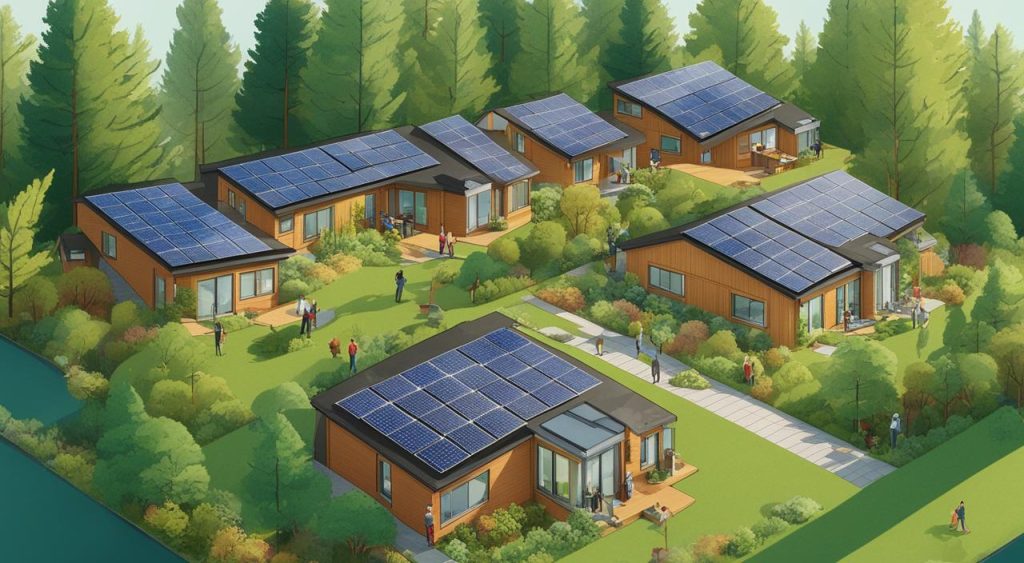
In the quest for minimising the carbon footprint of new homes, modular construction utilises a systematic approach to ensure efficient material use. This significantly diminishes the likelihood of excess resources finding their way to landfills, a considerable benefit for our natural surroundings. Furthermore, as modules are predominantly crafted indoors, the typical on-site disturbances to ecosystems are largely avoided, thereby preserving the integrity of local habitats.
Another salient feature of modular homes is the heightened potential for superior air quality in the finished buildings. Controlled factory conditions mitigate the risk of trapped moisture, a common precursor for air quality issues in traditionally constructed dwellings. As a result, these eco-friendly structures not only contribute to a greener environment but also promote healthier living spaces for occupants.
- Significant waste reduction compared to on-site construction
- Decreased environmental disturbance and habitat preservation
- Enhanced material efficiency, fostering sustainable resource use
- Controlled manufacturing enhances indoor air quality
The holistic approach of modular construction resonates with the growing demand for ecological stewardship and responsible living. It is evident that these methods of creating eco-friendly homes are not just a nod to the environment but are fast becoming a requisite for future-focused, sustainable housing solutions.
Modular Houses Versus Manufactured Homes
When exploring housing options, it’s essential to understand the key distinctions between modular and manufactured homes, each with unique characteristics, regulatory standards, and construction methods. These differences affect not only the design and placement of the homes but also their overall quality and compliance with various housing regulations.
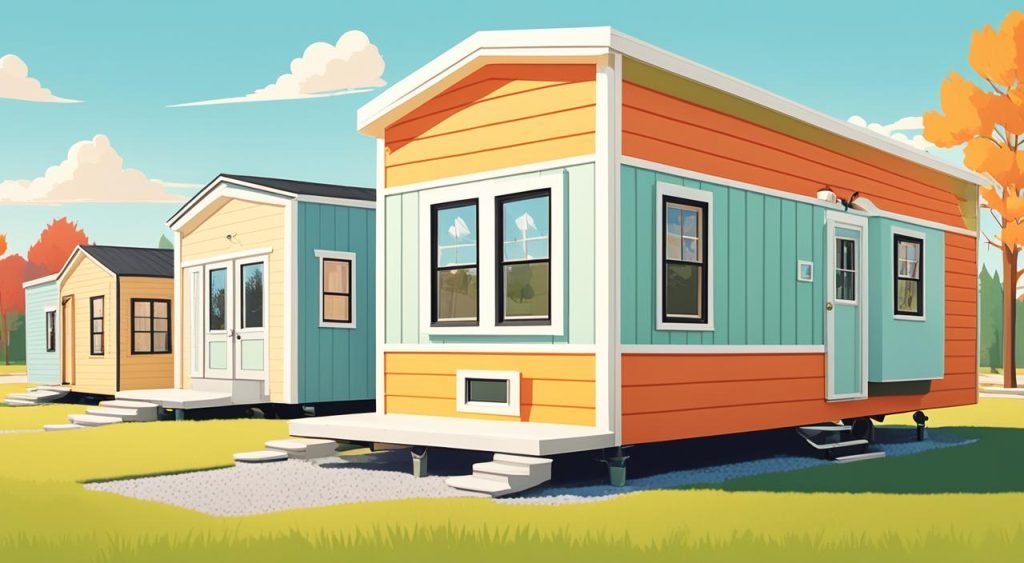
Understanding the Differences in Design and Regulation
Modular homes, which are rapidly growing in popularity across the UK, are constructed in segments at a factory site. They comply with local building codes, similar to those for traditional houses, ensuring they meet specific safety, quality, and performance standards. Before being transported to the final location, the segments, or modules, are scrutinised to ensure conformity to the strict regulations. These building codes are designed to promote resilience and long-term occupancy.
In contrast, manufactured homes, also known as mobile homes, are constructed entirely in a factory on a permanent steel chassis and are then transported to the site where they will be inhabited, often on a non-permanent foundation. They are regulated by HUD regulations, which are federal building codes specific to manufactured housing. The HUD Code focuses on safety, durability, and affordability rather than local building codes.
Comparing the Construction Standards
One of the vital aspects that sharply differentiates modular homes from manufactured ones is the adherence to building codes. Modular homes must conform to the same local building codes as site-built homes, providing a level of safety and durability synonymous with traditional construction. Each modular building section, or module, is subject to rigorous inspection for quality control before leaving the factory and another set of inspections after being assembled on its foundations.
Manufactured homes, however, must comply with the HUD Code, which pre-empts local and state building codes. While the HUD Code ensures a standard of performance, it does not necessarily match the strict regulations of local building codes, resulting in a divergence in the standards of quality and safety when compared to modular homes. As a result, this can affect the resale value, insurance premiums, and the perception of quality among consumers when considering manufactured homes.
The ongoing conversation about modular vs manufactured homes, alongside their respective adherence to building codes and HUD regulations, eventually guides potential homeowners in making informed decisions based on quality, safety, and longevity of their investment.
Cost-Saving Benefits of Prefab Homes
Delving into the realm of cost-effective housing reveals that prefab home prices often grant substantial savings when compared to traditional house building expenses. A remarkable saving of approximately 10 to 35 percent is not uncommon, an aspect that makes the concept of modular homes ever so appealing to prospective homeowners in the UK who seek affordable eco-friendly homes.
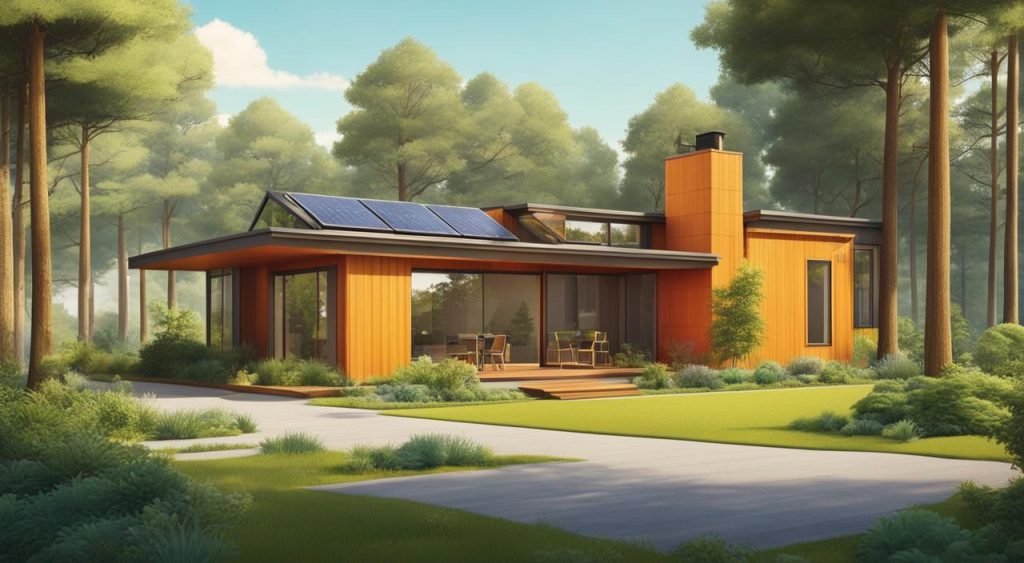
These fiscal advantages are largely associated with the inherently efficient production process typical of prefab construction. Streamlined for maximum productivity, these methods permit rapid completion of homes, significantly reducing costs tied to labour, financing, and site management. This efficiency also extends to environmental benefits, with less waste and a minimised carbon footprint accompanying the construction journey.
Nonetheless, the final costings of a prefab home can fluctuate based on a number of factors:
- Floor plan complexity and size
- Customisation and optional extras
- Land acquisition fees
- Site preparation and access considerations
It’s therefore vital for buyers to explore all variables when calculating the overall investment into their future cost-effective housing solution. Despite these variables, prefab homes still stand as a beacon of financial and ecological prudence in the contemporary housing market.
Design and Aesthetics: Modern Modular Homes
Advancements in modular construction have ushered in a new era of housing that reflects the changing tastes and preferences of homeowners. Gone are the days of cookie-cutter designs, as contemporary modular homes now afford an extensive capacity for customisation and individual expression. With the integration of innovative modular architecture, these bespoke homes are setting a benchmark for elegance and comfort in residential design.
Customisation and Variety in Prefab House Designs
The appeal of custom prefab houses lies in their remarkable flexibility. Homeowners have the opportunity to tailor the smallest details, from the layout to the finishing touches. This personalised approach allows homeowners to craft spaces that are not only efficient and eco-friendly but also truly reflective of their personal style. Each contemporary modular home springs from a collaborative process between the designer and the owner, ensuring the final build is as unique as its inhabitant.
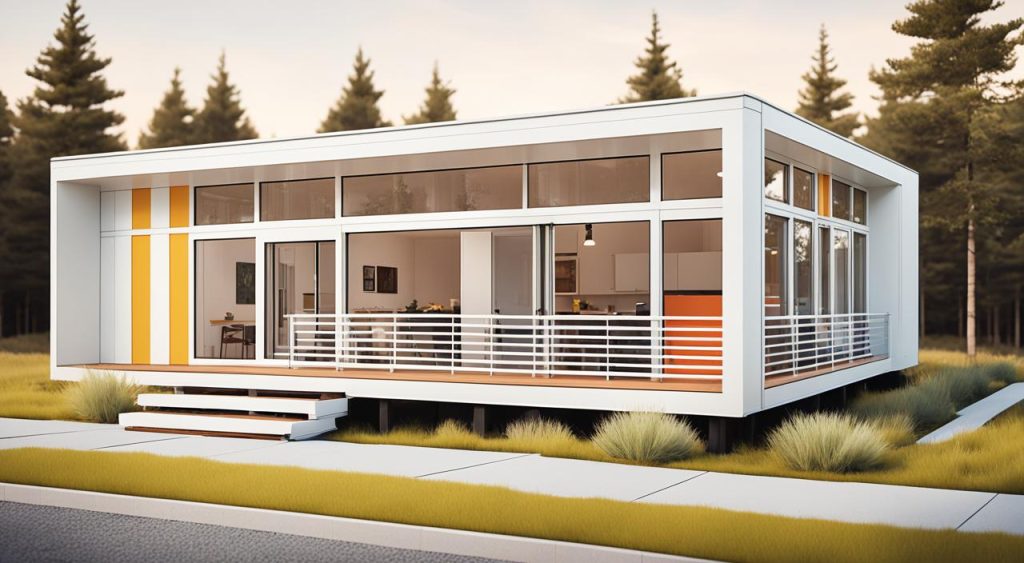
The Intersection of Modular Construction and Innovative Architecture
By embracing innovative modular architecture, designers are pushing the boundaries of what can be achieved with prefab construction. The latest designs incorporate smart technologies and sustainable building practices, creating homes that are not only modern and beautiful but are also cognizant of their environmental impact. With the marriage of form and function, these dwellings showcase the limitless potential of a construction method that is swiftly evolving to meet the desires of those seeking a distinctive place to call home.
The Legal and Financial Aspects of Owning a Modular Home
Many prospective homeowners are intrigued by the prospect of owning prefab homes, yet some harbour misconceptions about the financial and legal implications involved. It’s essential to debunk these myths and shine a light on the realities of modular home ownership in the UK.
When it comes to the acquisition of a modular home, the similarities with purchasing a traditional brick-and-mortar property are striking. Modular home mortgages are accessible through most lenders, as these structures are considered real estate and can, therefore, be financed with traditional mortgage products. This dispels a common fallacy that modular homes are somehow less ‘mortgageable’ than their site-constructed counterparts.
- Conventional mortgages are obtainable for prefab homes.
- Prefab homes are appraised and insured similarly to traditional homes.
- Modular homes can and do appreciate in value.
In terms of the legal aspects of modular houses, it’s important to understand that these properties are affixed to the land upon which they stand, rendering them as immovable and permanent as any traditional structure. They also undergo rigorous compliance checks against building regulations, ensuring that legal standards are duly met. This certification process caters to the legal requirement of modular homes and supports their legitimacy in the housing market.
- Modular homes must conform to the same building regulations as traditional houses.
- Once assembled on permanent foundations, they are deemed real property.
- Legally, owning a modular home is equivalent to owning a traditional home.
Understanding these financial and legal tenets is crucial for any aspiring owner. Owning a modular home thereby presents a compelling, sometimes preferable, alternative to traditional home ownership, removing unnecessary concerns about their legitimacy as a solid investment.
Exploring Sustainable Housing Solutions
The evolution of the housing sector has ushered in an era where sustainable modular housing stands prominent, blending the artistry of design with the ethics of green living. A testament to innovation, these eco-conscious dwellings demonstrate how home construction can pivot towards environmentally considerate practices without compromising on elegance or comfort.
Eco-friendly Attributes of Modular Homes
Modular homes are at the forefront of eco-friendly housing solutions, with numerous attributes that underscore their environmental stewardship. The prefabrication process in controlled settings not only ensures high-quality standards but also significantly diminishes resource wastage. The methodology further facilitates accurate material ordering, virtually eliminating the surplus that plagues conventional construction sites.
- Enhanced thermal insulation for reduced energy consumption
- Use of sustainable and recyclable materials
- Reduction of on-site waste and pollutants
- Minimised environmental site impact due to off-site construction
How Modular Homes Contribute to Green Living
As the discourse on climate change intensifies, modular houses are paving the way for households to actively engage in green living practices. By design, these dwellings are predisposed to a smaller carbon footprint, offering homeowners the opportunity to embark on a sustainable lifestyle that aligns with environmental aspirations.
- Incorporation of solar panels and other renewable energy sources
- Capability to reach net-zero energy use
- Lower overall energy demands through innovative construction techniques
- Reduction in greenhouse gas emissions from traditional building methods
As we herald a future where the harmony between human habitats and the natural world is paramount, it is clear that modular homes embody a substantial shift towards a more sustainable and conscientious way of living.
Choosing Your Perfect Modular Home
Embarking on the path to homeownership is an exciting venture, especially when considering the innovative solutions offered by modular homes. When making the pivotal decision of choosing modular homes, it’s crucial to approach the process with a discerning eye, ensuring that one’s investment yields a home that not only meets current needs but also stands as a testament to personalised design and lasting quality.
Selecting a Reputable Modular Home Manufacturer
When embarking on the journey of selecting from the top-tier modular home manufacturers, consider companies like HUF HAUS and Method Homes, which stand out for their commitment to craftsmanship and customer satisfaction. Each manufacturer brings its unique blend of quality, service, and creative design options, allowing for a home that’s distinctly yours.
- Research the manufacturer’s history and reputation in the industry.
- Verify the quality of materials used and their sustainability credentials.
- Explore their catalogue of past projects to gauge design capabilities.
- Consider the level of customisation they allow to ensure your home reflects your personal style.
- Assess customer reviews and feedback for peace of mind.
Customising Your Prefab Home – Floor Plans to Finishing Touches
Customising a prefab home is an opportunity to turn a standard house into a personal haven. Every choice made, from the floor plans to the finishing touches, is a reflection of your identity and aspirations for your living space. Whether you’re influenced by modern minimalism or you prefer the timeless allure of classic designs, the adaptability of custom prefab homes ensures that your vision can take shape in a tangible, rewarding way.
- Decide on a floor plan that optimises space according to your lifestyle needs.
- Select architectural details that reflect your aesthetic preferences.
- Choose finishing materials and colours that create a cohesive look.
- Plan for energy-efficient appliances and smart home technologies for a modern touch.
- Work closely with the manufacturer’s design team to finalise the blueprint of your custom home.
The convergence of reliable modular home manufacturers and custom design options offers an unparalleled chance to create a residence that resonates with your individual taste and fulfils your aspirations for a place to call home. Pursue this adventure with intention and the end result will be a space that you proudly inhabit, underpinned by the gratification of having played an integral role in its conception.
Conclusion
In essence, defining modular homes reveals a picture of an innovative housing revolution, where each module contributes to a comprehensive, sustainable, and cost-effective home. The very notion of what is modular housing has undergone a transformation, as these structures now symbolise a blend of quality, durability, and energy efficiency. It’s a response to those who seek a balance between environmentally conscious choices and the practical demands of modern living.
With modular housing meaning so much more than an expedient construction practice, the technique has proven itself as integral to the future of the UK housing market. Modular homes, fabricated off-site and characterised by rapid assembly, possess an inherent flexibility in design that traditional construction methods struggle to match. This adaptability ensures that unique architectural visions can be realised, and it facilitates the realisation of net-zero living aspirations, setting a new standard for eco-friendly homes.
The financial pragmatism of modular homes, encapsulated in their ability to compete with traditional homes in the mortgage sphere, dismisses any lingering doubts about their efficacy as a long-term investment. As such, contemplating the ascent of modular homes within the UK landscape does not just inspire confidence in their value appreciation potential but also in their role as a cornerstone for pioneering sustainable living. Therefore, the march towards constructing more of these thoughtful, resilient homes is not just a trend, but a stride towards addressing the quintessential need for harmonious, eco-conscious living spaces that grace our communities.
FAQ
What is a Modular House?
A modular house is a type of prefabricated home that consists of multiple sections, known as modules, constructed off-site in a factory setting. These modules are then transported to the building site, where they are assembled to form the complete structure. Modular homes are designed to comply with all local building codes and offer a high level of quality and durability.
What are the basics of modular house construction?
Modular construction involves fabricating a building’s sections, or modules, in a controlled factory environment. Each module is built to precise specifications and standards, similar to traditional on-site construction. When completed, the modules are transported to the final location, where they are assembled and seamlessly integrated into a single, cohesive structure.
How are modules transported and assembled?
Modules are carefully loaded onto flatbed trucks and transported to the building site. Once there, they are craned into position and securely connected to form the overall structure of the house. Professionals ensure the modules align properly, and the utilities are connected between sections to complete the construction process.
How does modular construction compare to traditional homebuilding techniques?
Modular construction is generally more efficient and faster than traditional homebuilding, as construction and site preparation can occur simultaneously, significantly reducing overall build times. It’s less susceptible to the delays caused by weather or other external factors since modules are built in a controlled factory environment. Additionally, there is often less waste and higher quality control in modular construction due to the precision of factory processes.
What is the environmental impact of off-site construction?
Off-site construction has a lower environmental impact than traditional construction methods. It reduces waste through precise manufacturing, lessens the disturbance at the building site, and often uses sustainable materials and practices. Moreover, modular homes are generally designed for energy efficiency, which supports an eco-friendly lifestyle.
How do modular homes differ from manufactured homes?
Modular homes and manufactured homes are both built in factories, but they differ significantly in regulations, standards, and permanence. Modular homes must adhere to local building codes, similar to site-built homes, and are commonly set on permanent foundations. Manufactured homes follow HUD standards and are often placed on non-permanent foundations, which can affect their financing and classification as real estate.
Are there cost-saving benefits with prefab homes?
Yes, prefab homes can offer significant cost savings—up to about 10 to 35 percent—compared to traditional homes due to the efficiency of the factory-building process, faster construction times, and fewer labor costs. However, the final cost will vary depending on the design, materials, and site-related expenses such as land acquisition and foundation work.
Can prefab houses be customised?
Absolutely. Modern modular homes provide a range of customisation options, supporting a variety of architectural styles and personal preferences in aesthetics. Homeowners can select from different floor plans, finishes, and architectural details, ensuring each modular home can be as unique as its owner.
Are there legal and financial aspects to consider when owning a modular home?
Modular homes are legally akin to traditional homes, with ownership rights, responsibilities, and the potential for property appreciation. They can be financed through conventional mortgages, and once assembled on a permanent foundation, they are deeded as real property.
How do modular homes contribute to green living?
Modular homes support green living by reducing construction waste, promoting energy efficiency, and potentially incorporating renewable energy systems. The precision of factory construction also means improved insulation and air sealing, which can lead to reduced energy consumption and a smaller ecological footprint.
What should one consider when choosing a modular home?
It’s important to select a reputable manufacturer that provides quality construction, a variety of design options, and customization flexibility. Prospective homeowners should consider reviewing the manufacturer’s past projects, visiting model homes, and understanding the range of features and finishes available to create their perfect modular home.

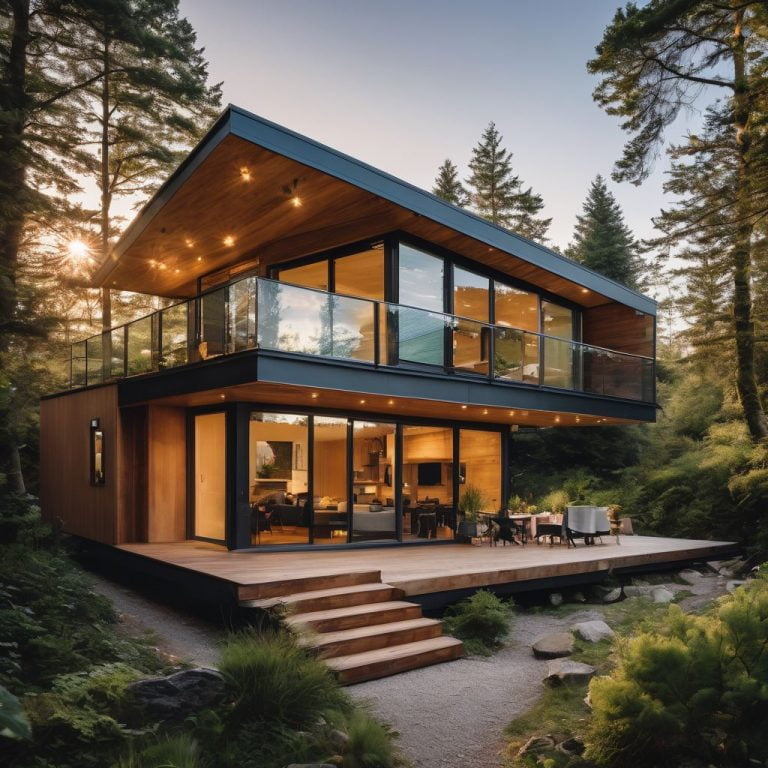
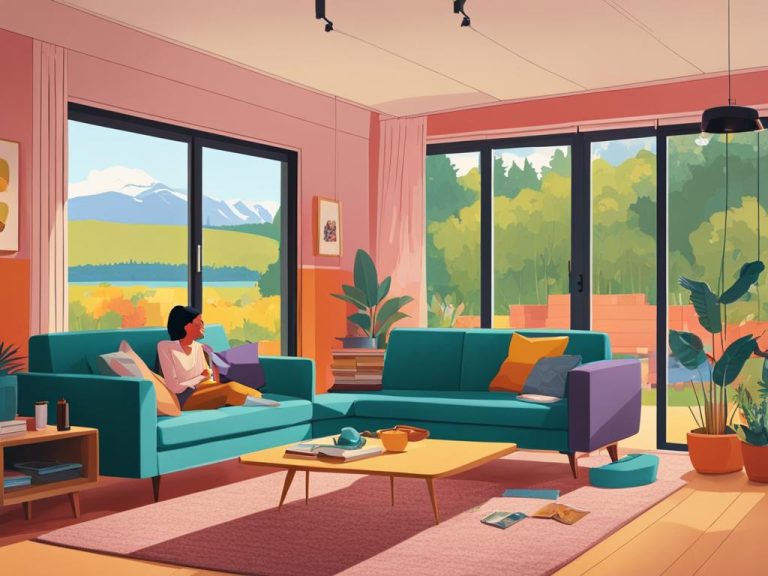
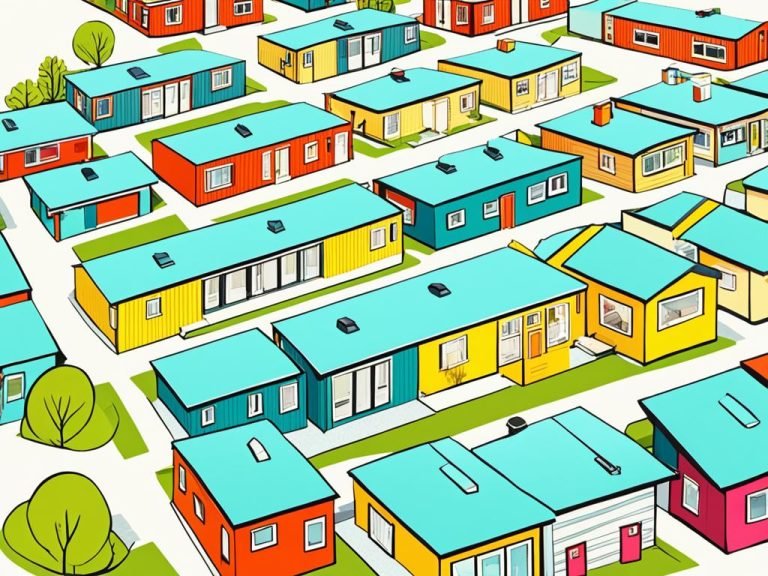
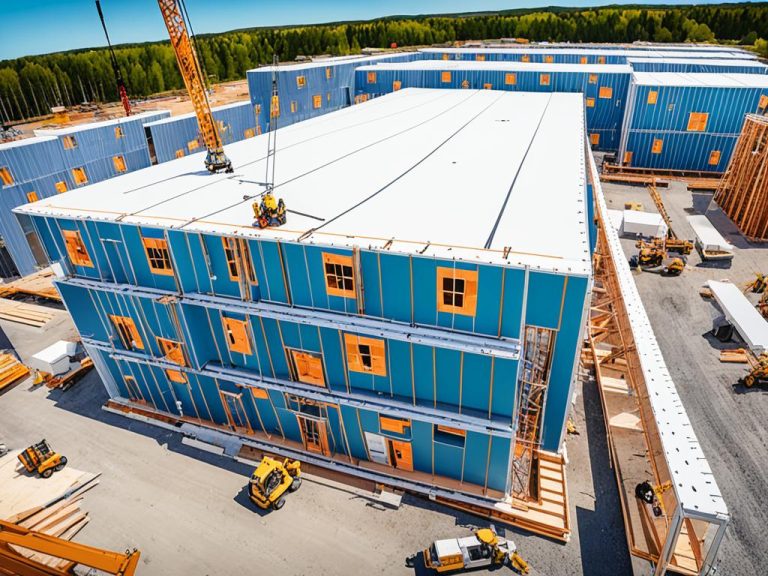
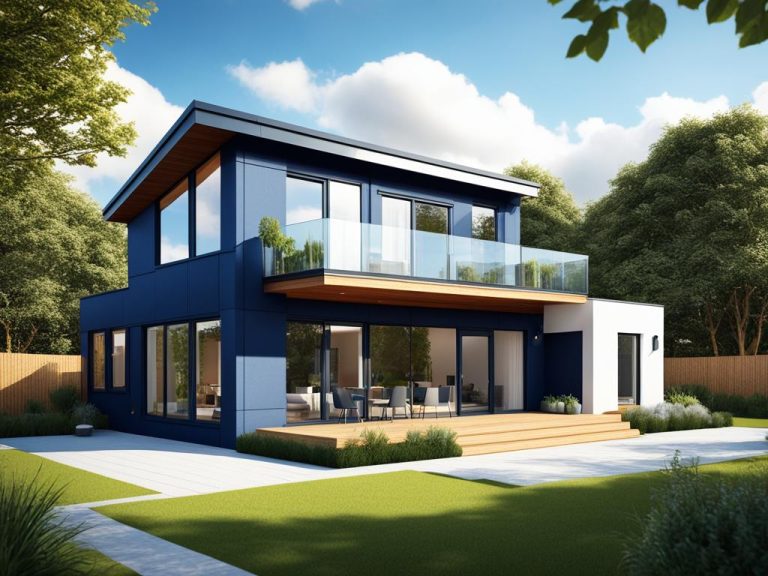
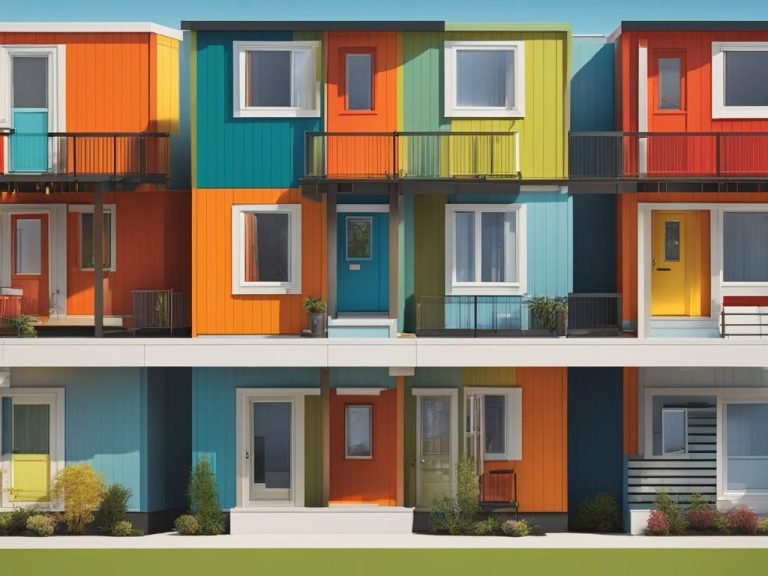
Несомненно стильные новинки моды.
Актуальные мероприятия мировых подуимов.
Модные дома, лейблы, высокая мода.
Приятное место для модных хайпбистов.
https://richlifestyle.ru/
Самые трендовые новинки индустрии.
Исчерпывающие новости мировых подуимов.
Модные дома, лейблы, высокая мода.
Лучшее место для модных хайпбистов.
https://furluxury.ru/
Наиболее трендовые новости моды.
Исчерпывающие эвенты лучших подуимов.
Модные дома, лейблы, haute couture.
Лучшее место для трендовых хайпбистов.
https://balenciager.ru/
Полностью свежие события мировых подиумов.
Важные события всемирных подуимов.
Модные дома, торговые марки, высокая мода.
Свежее место для модных людей.
https://outstreet.ru/
Thanks for sharing. I read many of your blog posts, cool, your blog is very good.